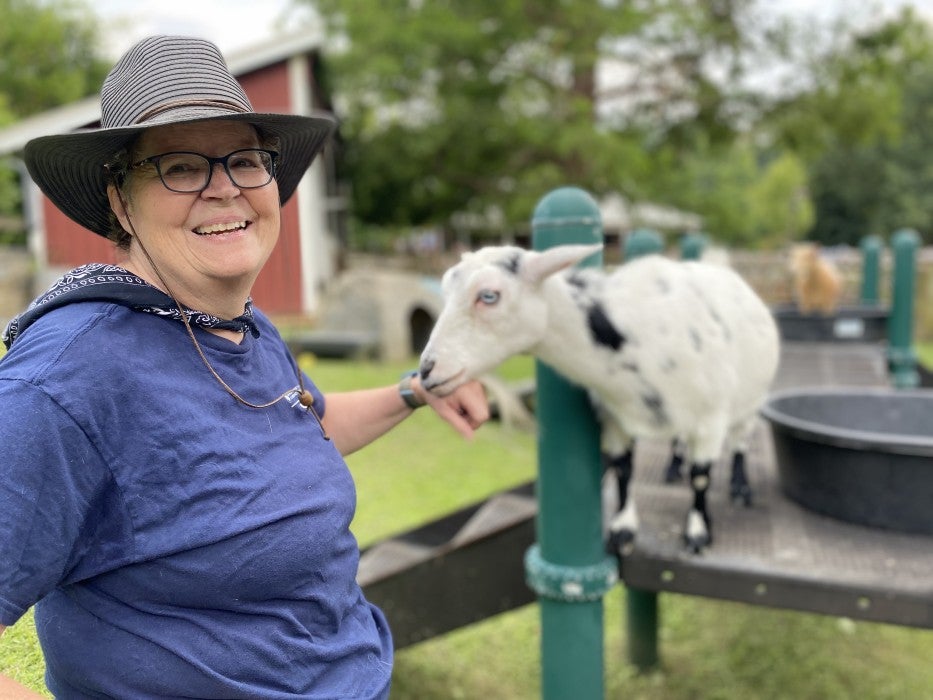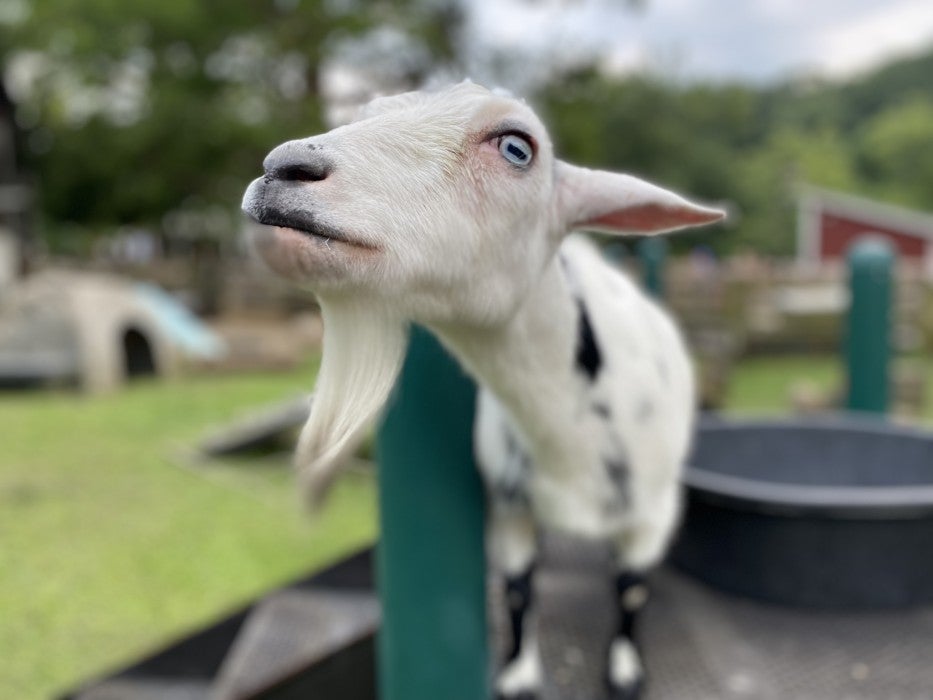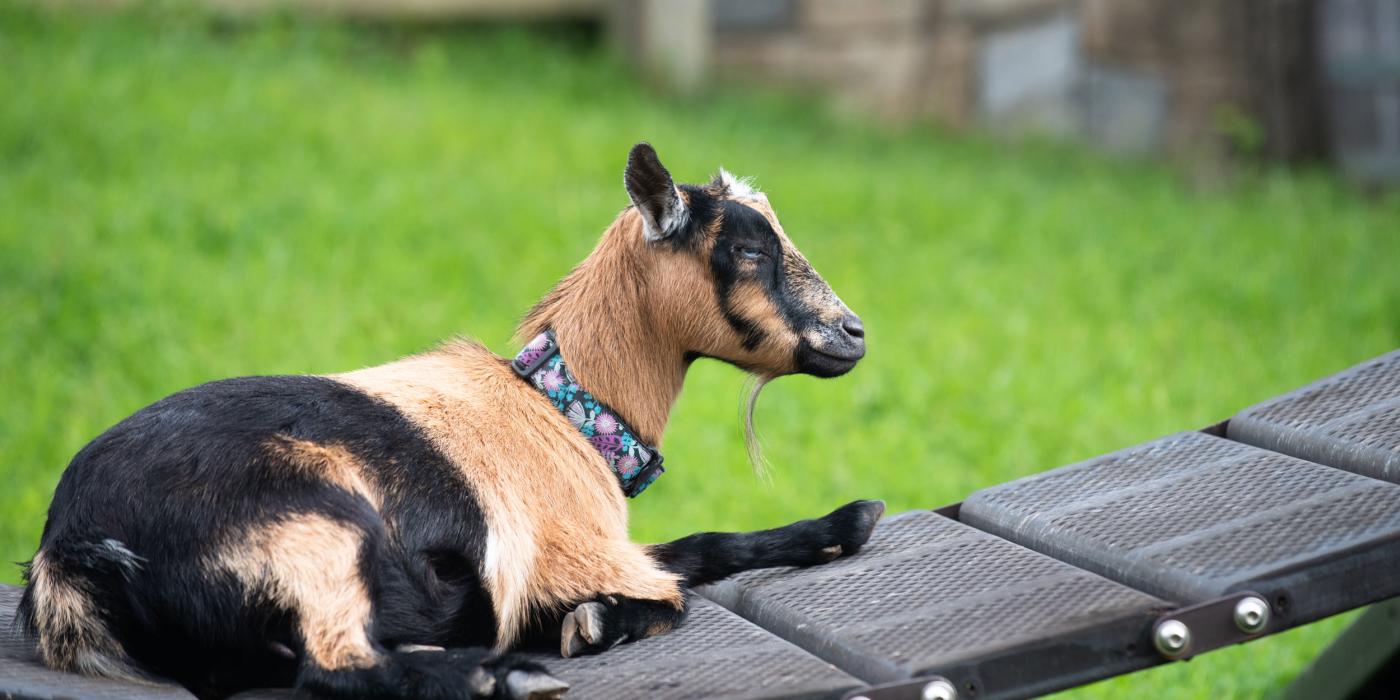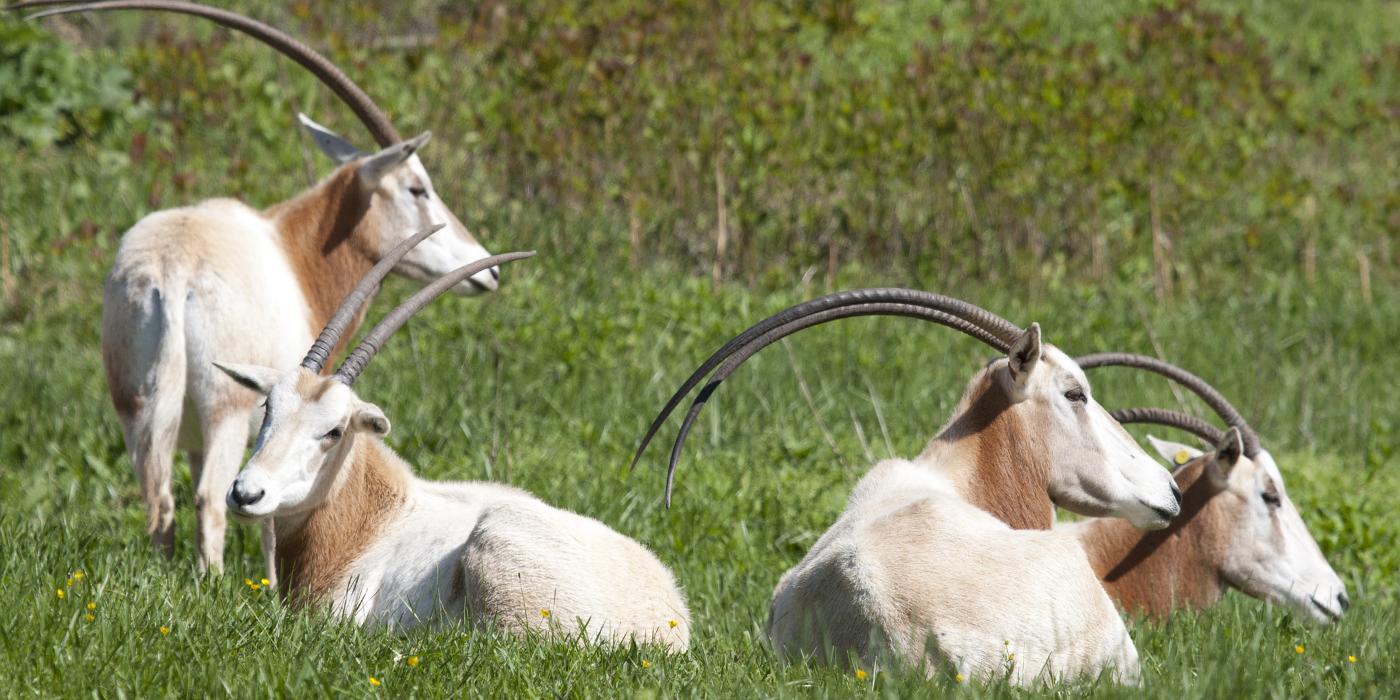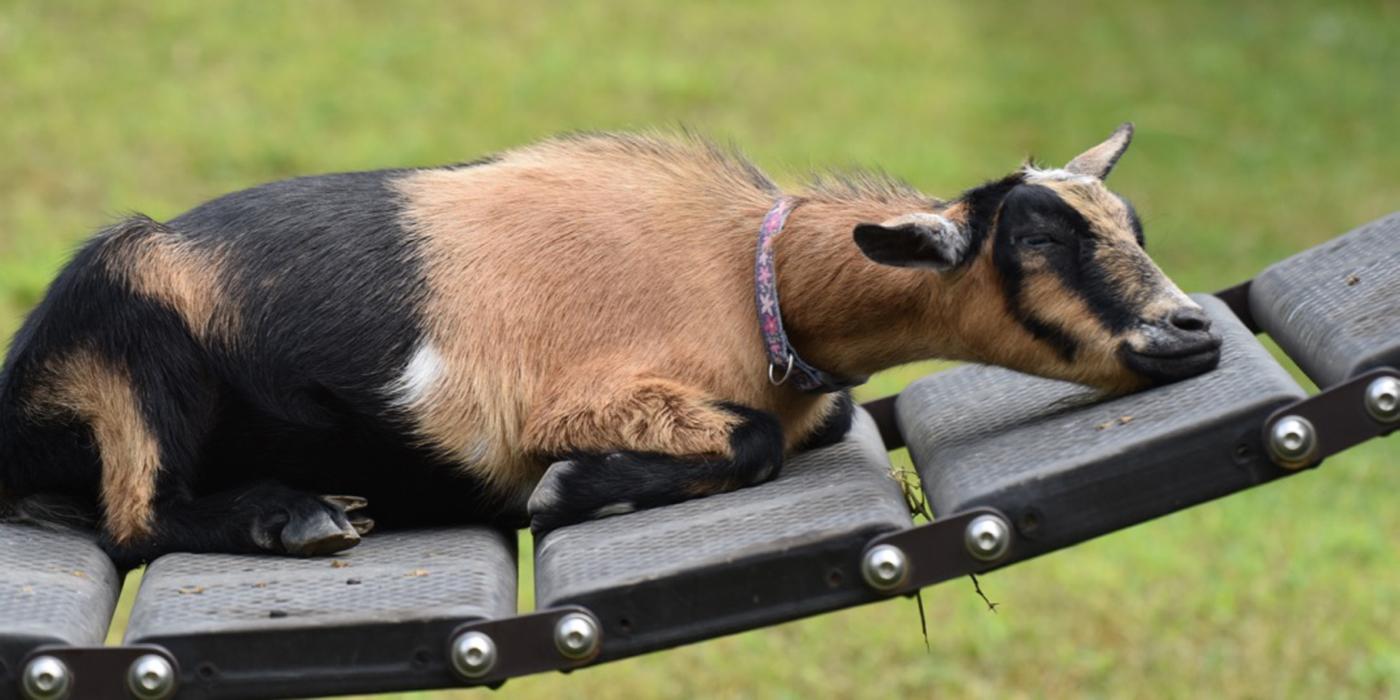Meet Our Nigerian Dwarf Goats
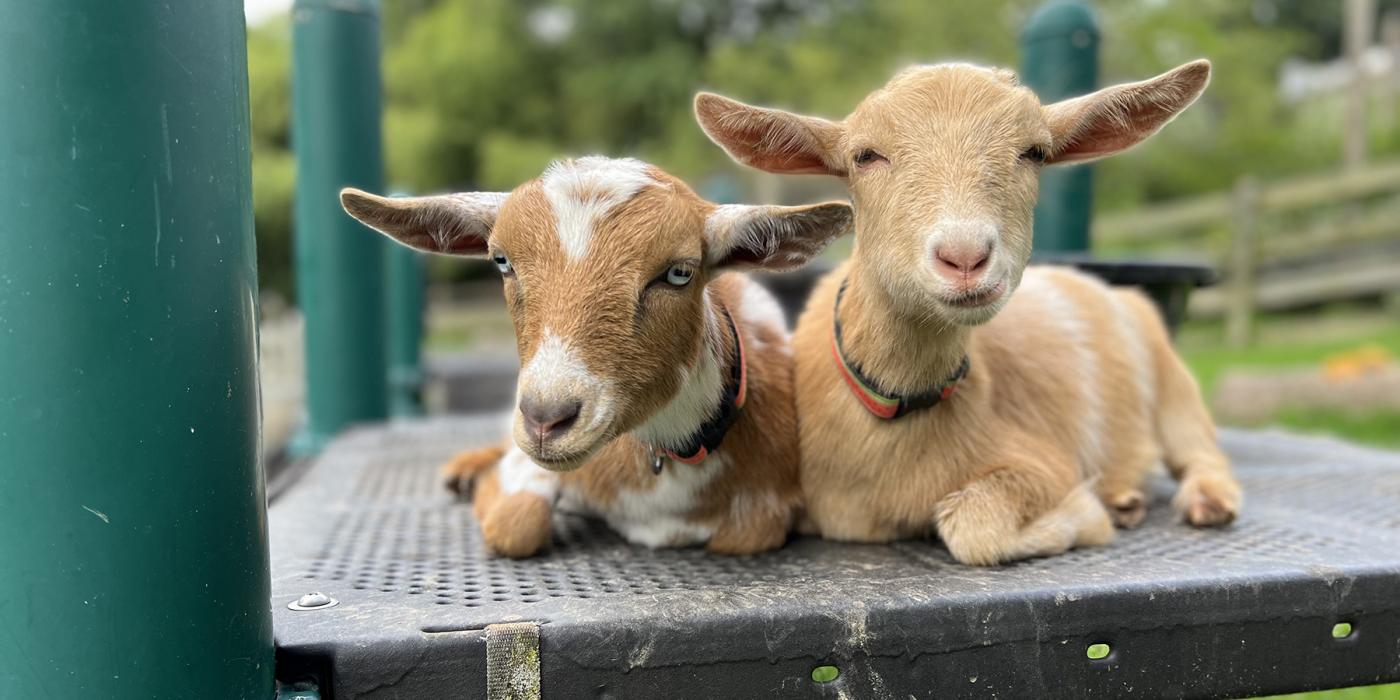
Meet four Kids’ Farm residents who are goat-ally cute and curious! One-year-old sisters Betty and Wilma—and 8-year-old sisters Fiesta and Fedora—are the Zoo’s resident Nigerian dwarf goats. The quartet delight visitors by zooming around their playground, napping in wheelbarrows and bleating the day away. Get to know them in this Q+A with keepers Kate Volz and Nikki Maticic!
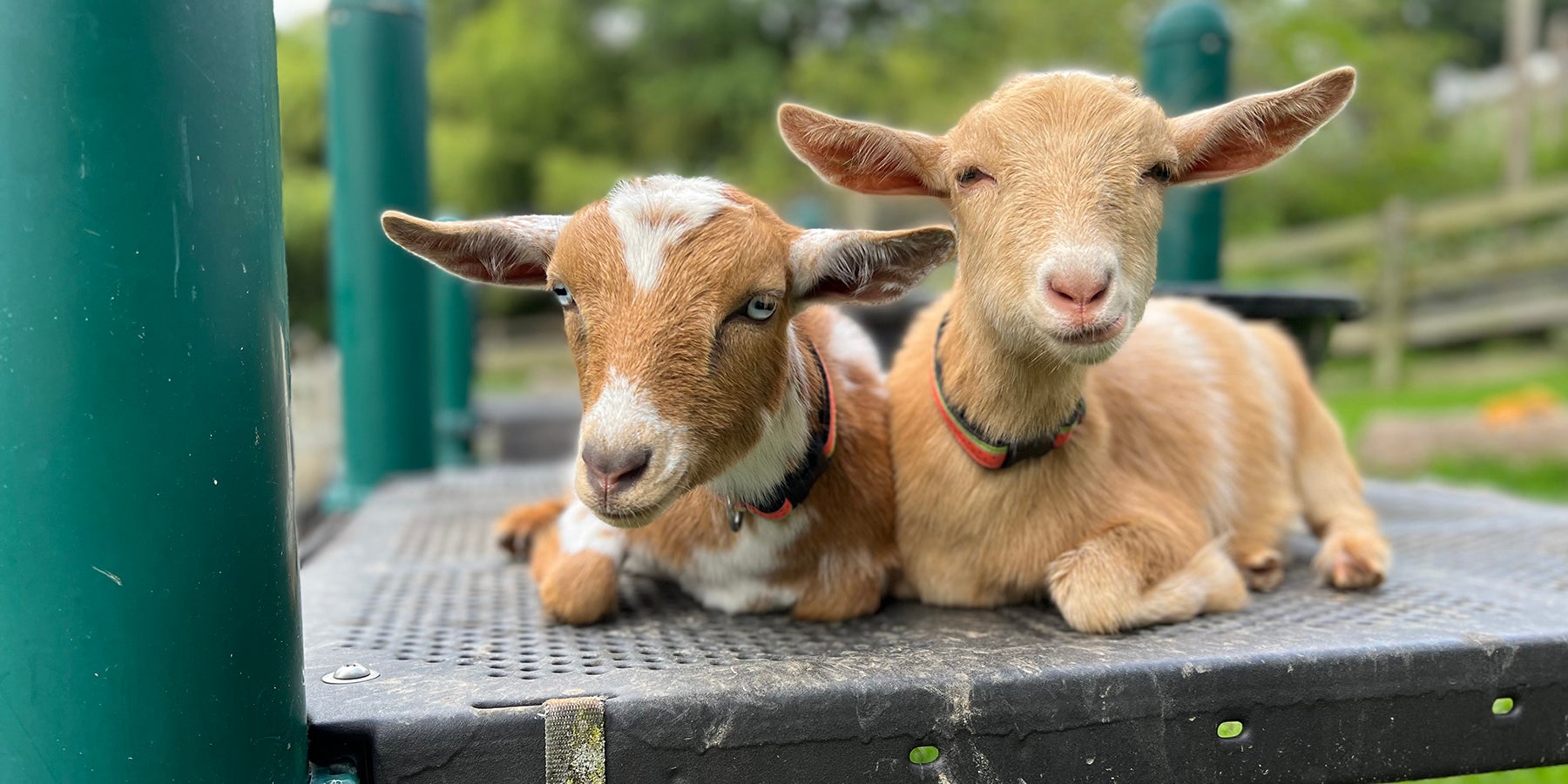
What are the goats’ relationships with one another like?
Volz: When Betty and Wilma joined our herd, Fiesta and Fedora welcomed the sisters warmly as companions but made it clear who was in charge! Goats always want to be a part of what we (their keepers) are doing and “supervise” us as we move about their habitat. They’re also excited to meet new people!
In general, herd animals welcome others to their ‘crew.’ Still, because of the age difference between our pairs of sisters, there is some generational conflict. Betty and Wilma—who are younger and more energetic—are likely to interact with the public and receive more attention. This can sometimes make Fiesta and Fedora jealous, and they may headbutt the youngsters out of the way to receive pets.
Sometimes, the older goats will try to sneak in and grab the younger goats’ treats, too! We split the treats evenly to ensure everyone receives a fair share.
Tell me about a time the goats did something that made you smile.
Volz: The goats are very persistent! They have a tendency to repeat mistakes—and it never fails to amuse me. Betty and Wilma are a bit clumsy and prone to forget what they’re doing mid-task. Suddenly, we’ll hear a “thump” and catch a glimpse of them with their hooves in the air! The younger goats are more willing to experiment with the playground and enrichment toys. Meanwhile, Fiesta and Fedora have had their fair share of experimenting. Now, they’re less likely to take risks.
Maticic: One of my favorite memories is when Betty and Wilma got their first set of 'zoomies.’ They energetically ran all over the yard, jumping over bins and hopping in and out of the tubs! Watching the young goats having such a blast in their new exhibit was a delightful experience.
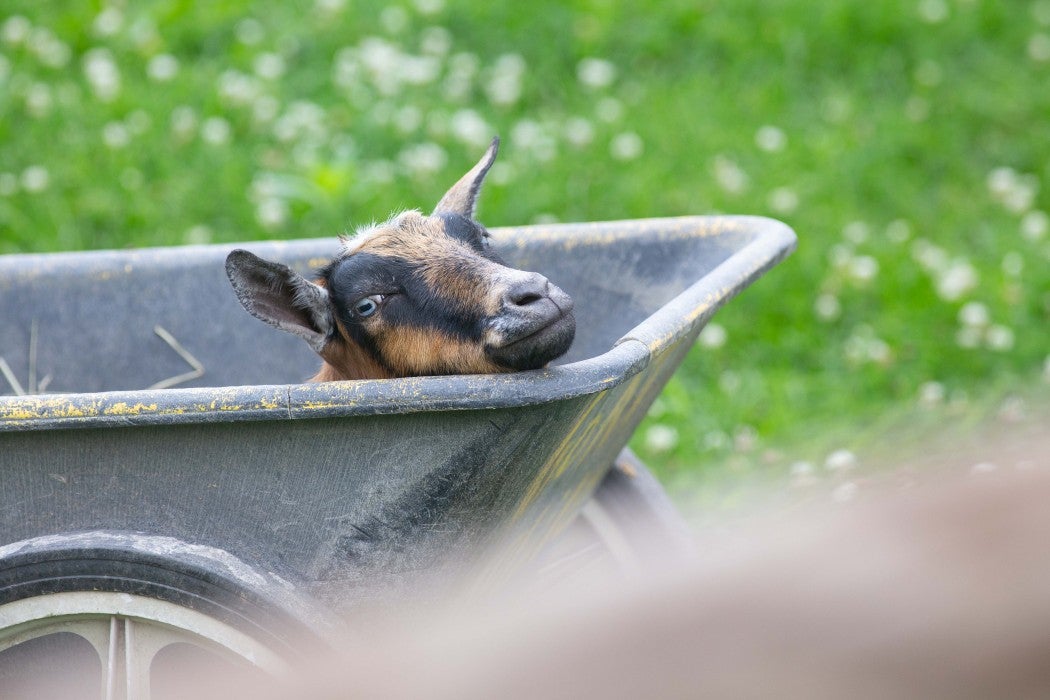
What are the goats’ favorite enrichment items?
Volz: Goats enjoy browsing trees and foraging for food. In the morning, we move around the enrichment items and spread food to get the goats active for the day. Puzzle feeders help the goats practice their foraging skills. However, they are very smart and often get all of the treats out of the feeders very quickly!
The play structures in the exhibit are pretty entertaining for all of the goats. Betty and Wilma especially enjoy practicing their balancing skills on the seesaw.
The girls also love their sensory brushes and are often eager for a good scratch, which allows them to get rid of their old coats. This behavior is natural for goats, as they typically rub themselves against objects to remove debris from their coats.
Maticic: I’ve been working with Fiesta and Fedora ever since they arrived at the Kid's Farm. One of my fondest memories is brushing them with their favorite brushes. When the girls spot any brush, they come running toward me. They become relaxed and Zen-like, dozing off a little in the process!
What behaviors are you training the goats to do?
Maticic:: The goats are rapid learners and sometimes master a behavior in just one session! We first focus on medical training with the goats, getting them used to having their hooves picked up, their sides touched, and going into their hoof stand for health checks.
After ensuring the goats have learned their medical training, we teach them more playful behaviors. The goats know how to walk upright, station (stand near a block), kick a soccer ball, stick out their tongues on a cue, hoof ‘waving’ and 'pawing' behaviors, jump over and through obstacles, and even how to recycle!
Agility is a great way to keep the goats active and encourage their natural love of jumping and climbing. Currently, the goats are undergoing training to master a variety of tasks, such as untying rope knots, painting with a brush, identifying different station markers, maneuvering through weave poles and retrieving a hoop.
These behaviors are fun for our guests to watch the goats work through, as they can see how quickly they can learn new things! With all training, we use positive reinforcement techniques; when goats perform a behavior correctly, they receive a treat. Training the goats also allows our visitors to relate more to our animals, as many use positive reinforcement with their pets at home.
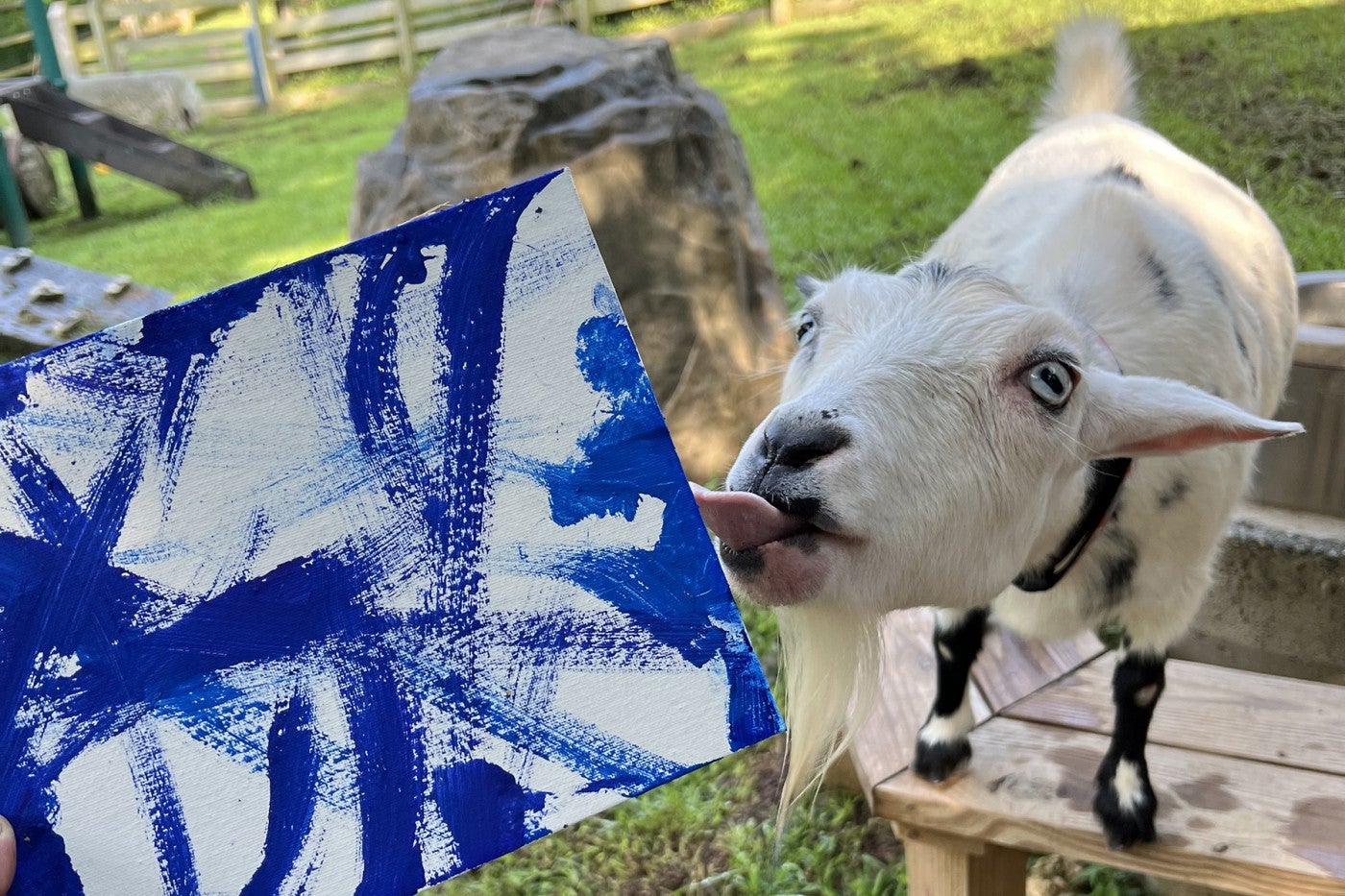
How do these training sessions help you care for the goats?
Maticic: The goats are very active and curious animals. When I open the storage bin to start setting up the training supplies, the goats run from across the yard excitedly and begin bleating at the fence! These sessions allow them to stay mentally and physically active, but most importantly, they allow them to form a trusting relationship with their keepers.
Volz: Goat hooves grow quickly and must be trimmed regularly to ensure they are healthy and not overgrown. By voluntarily working with the goats to enter their hoof stand for a quick trim, we can also closely monitor their health.
Normally, they are extremely eager to participate. If a goat does not want to participate in a training session, that might indicate that she is not feeling well, and we can then take steps to care for her.
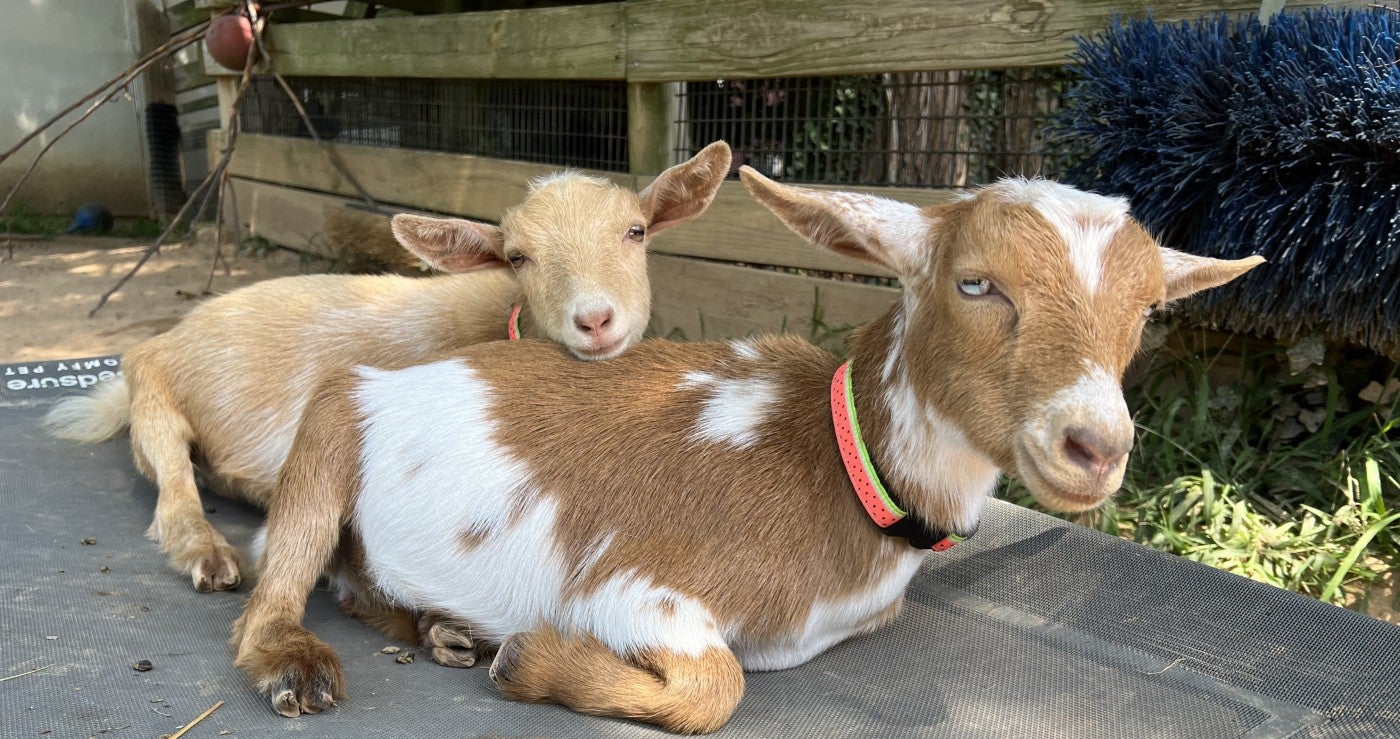
What do you hope visitors take away from meeting the goats?
Volz: While goats are fun animals, if you live in the city or in a suburb, you probably don’t want one as a pet. As herd animals, they crave companionship with other goats. So, to properly care for a goat, you really need multiple goats to meet their social needs. If you have the resources to meet their spatial, nutritional, physical, cognitive and social needs, then they can be delightful pets. Always do your research before bringing an animal home.
Come by early morning to Kid's Farm to see Betty, Wilma, Fiesta and Fedora when they are most active. Do not worry if it is rainy or hot out; they will likely be in their barn with fans to keep them dry and comfortable!
This story appears in the September 2023 issue of National Zoo News. Have you ever wondered what it takes to care for a cow? Keeper Nikki Maticic shares how she trains the Zoo’s cows, Magnolia and Willow, in this update!
Related Species:

